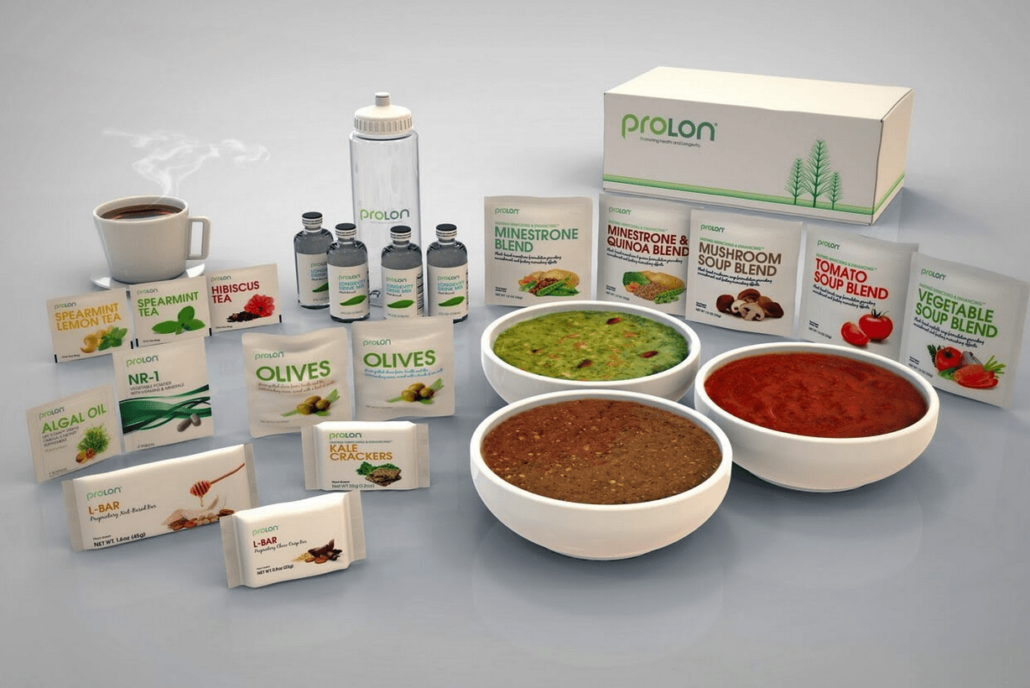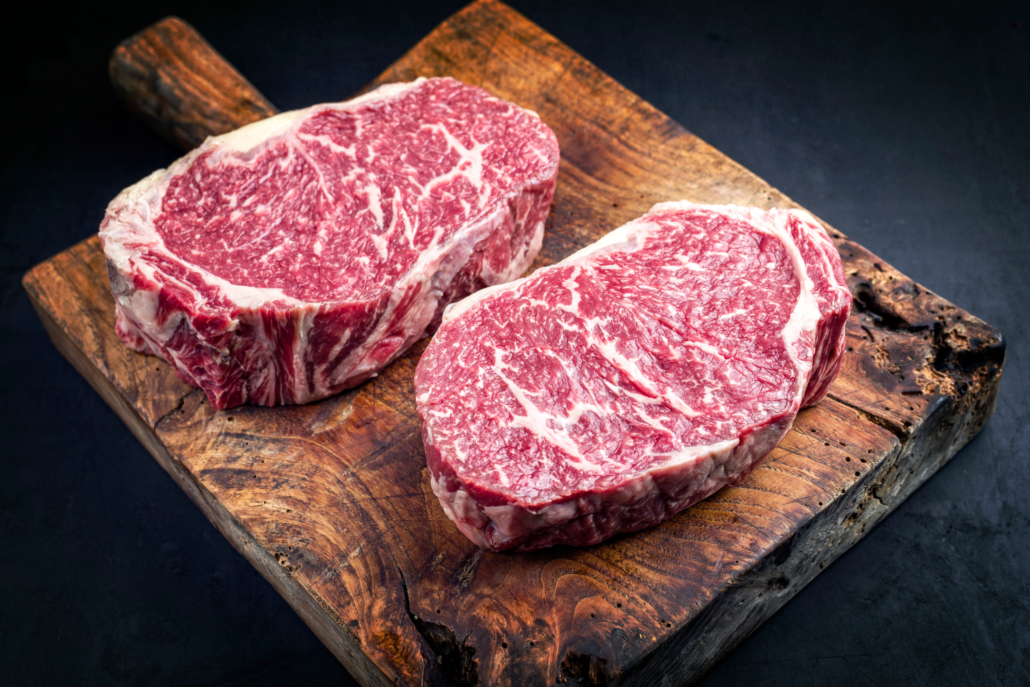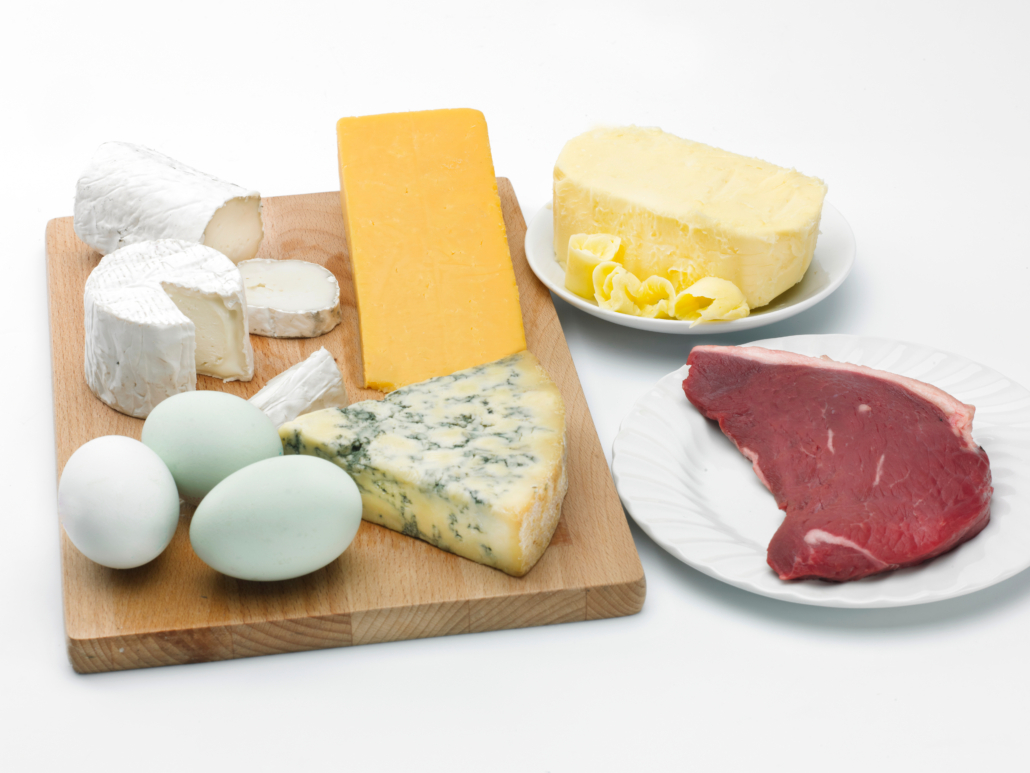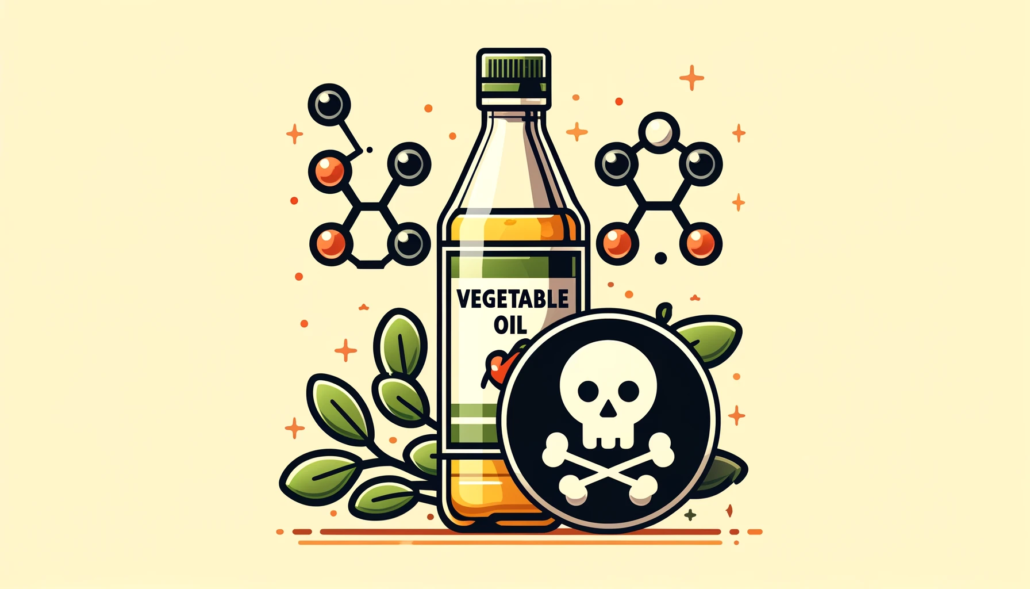We include products in articles we think are useful for our readers. If you buy products or services through links on our website, we may earn a small commission.
The Fasting Mimicking Diet: What it is, Benefits, and Drawbacks

Fasting is an ancient dietary practice that is being revived as part of a healthy lifestyle. And the ProLon “Fasting Mimicking Diet” is a distinctly modern approach that is gaining popularity.
Fasting has been found to promote wide-ranging health benefits, including cellular renewal, reduced inflammation, improved cognition, insulin regulation, weight loss, heart health, and longevity.
In this article, we’ll review the ProLon fasting mimicking diet, tell you what it entails, and explore its possible benefits and drawbacks.
Table of Contents
What is the ProLon Fasting Mimicking Diet?
The ProLon Fasting Mimicking Diet is intended to promote the effects of fasting while still allowing you to consume calories.
The idea behind this approach is that specific calorie and nutrient ratios will compel your body to enter beneficial physiological processes that are generally only accessed through total caloric restriction, including autophagy and ketosis.
According to ProLon, this process protects against triggering cellular food sensors known as nutrient-sensing pathways. But it’s unclear why this not triggering nutrient sensing pathways is a good thing.
Standard intermittent fasting protocols trigger three interconnected nutrient-sensing systems, AMPK, SIRT1, and FOXOs, that drive oxidative catabolism (fat-burning), improve metabolic efficiency, and counteract the mTOR pathway. This process is considered a key mechanism driving the benefits of fasting.
In essence, an FMD is not a fast, but a vegan, calorie-restricting, low-protein, low-sugar, moderate-carb, and moderate-fat eating plan.
What is ProLon?
The ProLon brand is the brainchild of Dr. Valter Longo, Director of the Longevity Institute at the University of Southern California. Longo developed FMD and branded his packaged approach as ProLon.
Though it’s easy to formulate your own Fasting Mimicking Diet eating plan, the Prolon approach is the most popular way people get into it.
ProLon includes 5 days’ worth of meals. Each day has its own small box of plant-based energy bars, soups, snacks, drinks, and supplements.
The ProLon kit provides:
- Nut bars made with macadamia, coconut, and honey
- Fruit-flavored drink
- Caffeine-free herbal teas (spearmint hibiscus, or ginger)
- Dried soups including minestrone, minestrone quinoa, mushroom, and tomato
- Snacks including olives and kale crackers
- Dietary supplements, including vitamins, minerals, and omega-3 fatty acids

Cost of ProLon FMD Diet
The ProLon meal kit currently sells for $190 per box when purchasing a single kit, and $170 if you subscribe to monthly deliveries.
Is the Fasting Mimicking Diet Keto/Carnivore Friendly?
The ProLon version of the Fasting Mimicking Diet is certainly not carnivore or keto friendly. It relies entirely on processed plant foods and industrial supplements, and it’s not low-carb.
However, you could certainly modify your own FMD meal plan by reducing carbs and consuming fresh, whole animal products with higher fat content.
Doing so would dramatically boost your overall micronutrient intake, and likely increase ketosis and autophagy.
Modifying FMD to meet carnivore/keto criteria would also eliminate the drawbacks of processed plant-based foods, including
- high PUFA intake
- excess fiber
- harmful plant toxins and antinutrients like lectins, phytic acid, oxalate, and phytohormones.
Granted the ProLon diet is at least gluten-free.
Considering the potential benefits of practicing fasting mimicking with animal-based foods compared to the drawbacks of doing it with processed plant-based foods it raises the question of whether a plant-based angle is simply a marketing scheme capitalizing on plant-based dietary trends and allowing the company to offer a product that is far cheaper to produce with a longer shelf-life and greater ease of shipping.
In other words, ProLon seems like more of a marketing angle than a true health hack.
How Does ProLon Fasting Mimicking Work?
If you’re doing ProLon you only consume the food in your daily meal kit over a five-day period.
This comes out to around 1,090 calories for day 1. These calories can be broken down to
- 10% protein
- 56% fat
- 34% carbs
Days 2-5 reduce caloric intake to 725 calories per day, broken down to
- 9% protein
- 44% fat
- 47% carbs
This approach amounts to around 35-54% of most people’s standard caloric intake.
These ratios have been calibrated to compel the body to deplete carbohydrates stored in muscles as glycogen and to generate energy primarily from the metabolism of body fat.
To achieve the advertised benefits, you must do the Prolon diet once a month for at least three months.
Potential Health Benefits of the Fasting Mimicking Diet
The purported benefits of the ProLon Fasting Mimicking Diet are based mainly on one randomized trial that included 100 generally healthy participants.
The study lasted for three months, during which one group was allowed to continue an unrestricted diet of their choice, and a second group consumed FMD for five consecutive days per month (3 cycles).
The FMD group showed moderate improvements, including
- 5.7 lbs lower weight on average
- Reduced blood pressure (118 to 113.5 mm Hg)
- 13% decrease in insulin-like growth factor (a marker associated with aging and increased risk of cancer)
In another FMD study on mice that followed the diet for four days every week for 60 days (much more often than humans) showed regeneration of pancreatic cells, reduced insulin resistance, and better blood sugar regulation in diabetic mice.
However, it’s worth noting that fasting studies on rodents generally show much more significant effects than those on humans.
Another study showed that the FMD diet has effects equivalent to general calorie reduction on tumor suppression.
Does Fasting Mimicking Diet Promote Autophagy (Cellular Renewal)?
Autophagy is viewed as one of the key mechanisms underlying many of the potential health benefits of fasting.
The word autophagy means self-eating and refers to a process whereby cells clean out an recycle intracellular debris and old cell parts called organelles into new cell parts.
This process of cellular renewal has been shown to protect the body from various diseases, viruses, and bacterial infections.
According to the ProLon website, autophagy may occur on the third day. But we have not found evidence to prove this is the case.
What we do know from studies on intermittent fasting is that you can reliably activate autophagy during a single 16-24 hour fast granted that you ensure that your eating window takes place during daylight hours. Autophagy is regulated by your body’s internal biological clock and is influenced by natural light and dark cycles.
So if autophagy is your goal, it’s likely that you’re better off practicing a normal 16-24 hour intermittent fasting protocol. Doing so would certainly be cheaper than the $200 that ProLon charges for the chance of activating autophagy after 3 days of eating processed and packaged plant foods.
Will ProLon FMD Improve Mood and Mental Clarity?
Intermittent fasting that promotes autophagy has been shown to provide anti-depressive effects.
While numerous other studies on the cognitive effects of standard intermittent fasting methods have been found to improve mental clarity, focus, and attention and protect against age-related neurodegeneration.
The only study looking specifically at the cognitive effects of FMD was on mice, and found that it promoted hippocampal neurogenesis–which is the formation of new neural pathways associated with learning, and improved cognitive performance.
If your aim is to improve cognitive performance through diet and lifestyle, ProLon may have mild benefits.
If you want to significantly improve your cognitive performance and mental health you are better off combining a standard IF approach with a food plan centered on fresh, whole-animal foods that are loaded with proven mood-boosting nutrients, including:
- complete proteins
- Vitamin B12
- Zinc
- Iron
- Various other meat-specific nutrients like taurine and carnitine.
Will ProLon FMD Reduce Risks of Water-Only Fasting?
For most people, doing a standard intermittent or prolonged fast where you consume only water for 16-48 hours is considered safe.
However, when jumping from a high-carb standard American diet into fasting, there can be side effects like fatigue, nausea, headaches, and electrolyte dumping that can lead to dehydration.
The ProLon diet can be like training wheels. You don’t need to plan your meals, and you don’t have to cease eating altogether–which can be more emotionally shocking than physically affecting for many people.
With ProLon, you’re paying for convenience and ease. But it doesn’t take much planning to develop your own far more nutritious intermittent fasting meal plan.
If you’re interested in embarking on your own fasting journey, here’s a helpful guide.
Does a Fasting Mimicking Diet Induce Ketosis?
Yes, Fasting Mimicking can induce ketosis.
A study looking specifically at the ProLonn (L-Nutra) FMD bar found that consuming the bar does not interfere with ketosis associated with overnight fasting. And that it may be used to support the ketogenic benefits of FMD.
That said, regular short-term fasts promote ketosis. And ketosis is deepened on normal fasts when combined with low-carb meals.
If you are taking medications for lowering blood sugar and blood pressure, speak with your doctor before you do a fasting mimicking diet.
Who is the Fasting Mimicking Diet for?
The FMD diet is best for plant-based enthusiasts who would rather not attempt to abstain from calories for extended periods of time.
It’s also an option for people who want an all-inclusive approach to gaining some of the benefits of intermittent fasting without having to plan meals or watch the clock.
Review of The ProLon Fasting Mimicking Diet: The Bottom Line
The fasting mimicking diet is marketed as a convenient way to experience mild benefits of fasting without having to abstain from eating. It is most accurately defined as a calorie-restricted plant-based diet.
The recommended approach of doing one 5-day cycle every month for at least three months leaves most days open to poor eating habits that can erode FMD gains.
Meanwhile, the plant-based approach exposes the body to potentially harmful plant toxins and antinutrients, excess fiber, and inflammatory PUFAs.
Though one randomized study has found that FMD over three months can result in improved health markers, including weight loss, reduced insulin growth factor, and improved blood pressure, other types of true fasts and more consistent low-carb eating plans will likely yield more significant and lasting health benefits.



















